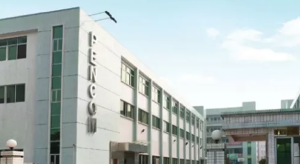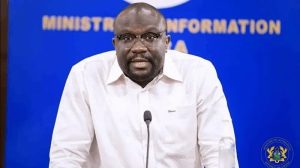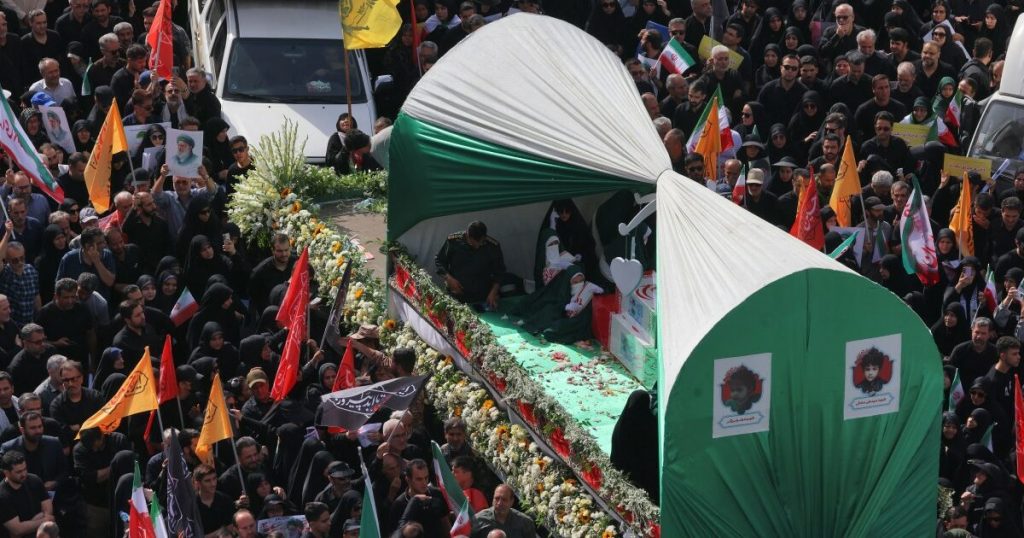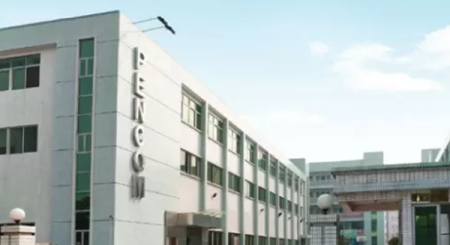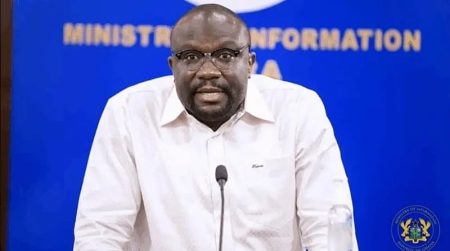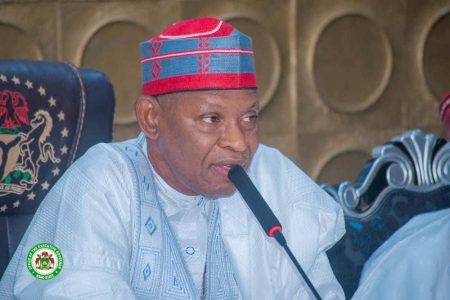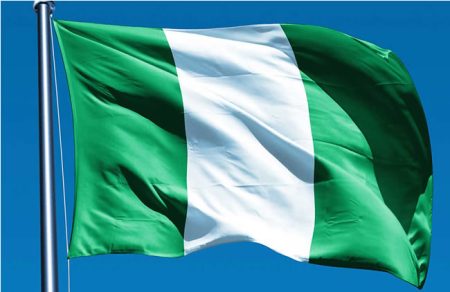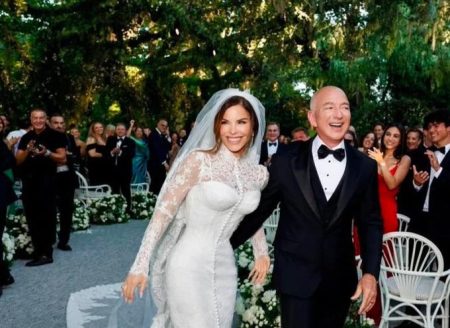Paragraph 1: A Nation Mourns Amidst Escalating Tensions
Iran bid farewell to sixty of its citizens, a mix of scientists and military commanders, in a poignant state funeral held in Tehran. The somber ceremony unfolded against a backdrop of escalating tensions with Israel and the United States, following a twelve-day conflict that saw missile exchanges and accusations of nuclear sabotage. Thousands of mourners clad in black filled the streets, carrying portraits of the deceased and chanting slogans against America and Israel. Banners proclaiming "Boom, boom, Tel Aviv" served as a stark reminder of Iran’s retaliatory strikes against Israeli targets. The funeral procession, marked by the presence of high-ranking officials including President Masoud Pezeshkian and Rear Admiral Ali Shamkhani, became a public expression of grief and defiance. While Supreme Leader Ayatollah Ali Khamenei did not attend the funeral, his absence was filled by the symbolic presence of mock-up ballistic missiles reminiscent of those used in the recent conflict.
Paragraph 2: Claims of Victory and Losses on Both Sides
The twelve-day war between Iran and Israel ended with both sides claiming victory, though the reality on the ground painted a more complex picture. Israel asserted it had successfully disrupted Iran’s nuclear program and threatened further military action should Iran attempt to rebuild it. The United States, which joined the conflict by striking Iranian nuclear sites, echoed Israel’s claims, suggesting its actions had significantly set back Iran’s nuclear ambitions. However, Ayatollah Khamenei dismissed these assertions, maintaining that the strikes caused minimal damage. The conflict exacted a heavy human toll on both sides. Iranian authorities reported at least 627 civilian casualties from Israeli strikes, while Israel confirmed 28 deaths resulting from Iranian missile fire. These contrasting narratives and statistics underscored the deep divisions and conflicting interpretations that characterized the conflict.
Paragraph 3: Trump’s Controversial Claims and Sanctions Threat
Former US President Donald Trump injected further controversy into the already tense situation with a series of provocative statements on his social media platform, Truth Social. Trump claimed he had personally intervened to prevent the assassination of Ayatollah Khamenei during the conflict, boasting that he knew the Supreme Leader’s location and could have ordered a strike. He further asserted that Khamenei should be grateful for this supposed act of mercy, demanding gratitude. Adding to the complexity, Trump also revealed he had been considering lifting sanctions against Iran, a key demand from Tehran. However, he claimed that Khamenei’s "statement of anger, hatred, and disgust" prompted him to abandon this effort and potentially impose further sanctions. These pronouncements further fueled the diplomatic firestorm and further complicated the prospects for any de-escalation.
Paragraph 4: Iran’s Response and Diplomatic Backlash
Iran’s Foreign Minister Abbas Araghchi swiftly responded to Trump’s statements, criticizing the former president’s disrespectful tone towards the Supreme Leader. Araghchi emphasized the resilience of the Iranian people and their refusal to bow to threats or insults. He highlighted Iran’s military response during the conflict, arguing that Israel was forced to seek assistance from the United States to avoid further damage from Iranian missiles. Araghchi’s strong words underscored the deep resentment in Iran towards Trump’s rhetoric and the United States’ involvement in the conflict. This exchange further solidified the hardening of positions on both sides, making any potential dialogue even more challenging.
Paragraph 5: The Funeral as a Symbol of Resistance
The state funeral served not only as a platform for mourning but also as a powerful display of national unity and defiance. The presence of high-ranking officials, the chanting of slogans against the US and Israel, and the display of military hardware all contributed to a narrative of resistance against external pressures. The funeral became a symbolic representation of Iran’s determination to withstand pressure and defend its interests. The mourners’ pronouncements underscore the depth of feeling and the complex political sentiments surrounding the conflict.
Paragraph 6: Uncertain Future for Nuclear Talks and Regional Stability
In the wake of the conflict and the escalating rhetoric, the future of any potential nuclear talks between Iran and the international community remains uncertain. While Trump claimed that new talks were scheduled, Iran denied these claims. Furthermore, Iran’s parliament voted to suspend cooperation with the International Atomic Energy Agency (IAEA), further complicating efforts to monitor Iran’s nuclear program. This move signals a potential hardening of Iran’s position and raises concerns about the future of the nuclear deal and regional stability. The escalating tensions, the exchange of threats, and the lack of clear communication channels paint a worrying picture for the region and underscore the urgent need for diplomatic efforts to prevent further escalation.


